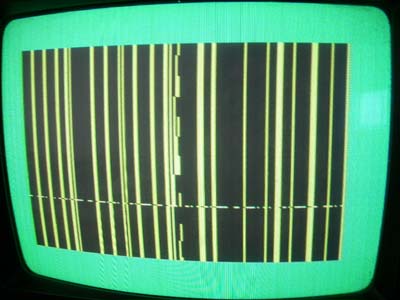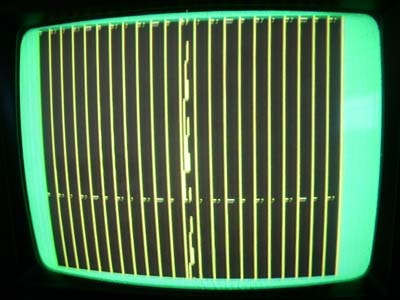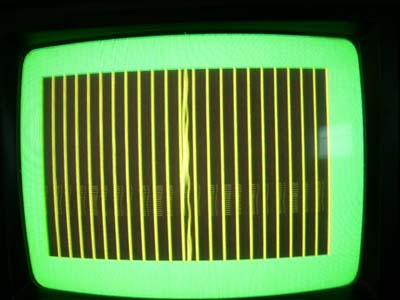So what are the results?carlsson wrote:I'll implement your program tomorrow and tell the results.
If it proves impossible to produce the desired 'super' hi-res screen, then we could as well close this topic. In this case VICE needn't be updated, either - except for the cases where the emulation is able to do more than the real hardware, when program such written then fails on the VIC.
Instead we could concentrate on a more realistic goal: The 160x192 resolution works. As I said in your topic about Hires Graphics, I don't favor a pure POKE and SYS extension, as it only replaces some POKEs for other POKEs.
I once used a BASIC extension for a 128x128 bitmap (named: "MINIGRAFIK"), that had the following commands:
@ON: Initialise graphics
@CLR: Clear bitmap (and set colours from address 648)
@RETURN: Back to text mode
@<colour>,<x>,<y>: Set point in <colour> at (<x>,<y>)
note <colour>, <x>, and <y> could be arbitrary expressions. <colour> should evaluate to either 0 (clear) or 1 (set). <x> and <y> from 0 to 127. Finally it even had one function:
@(<x>,<y>): Return colour of (<x>,<y>) (either 0 or 1)
This extension was done in 256 bytes! From what I remember I wrote several programs with it (simple Paint-programs, Pie-Charts, Block-Diagrams, etc.) If you are interested, we could produce a similar extension for the 160x192 resolution, and make this available here in Denial. But at first I'd need to dissect a similar extension - esp. to see how the @() function is implemented. And continue the discussion in the 'Hires Graphics' topic.
Greetings,
Michael







